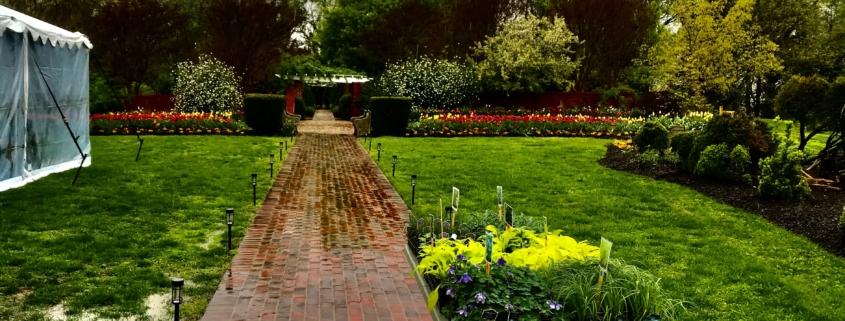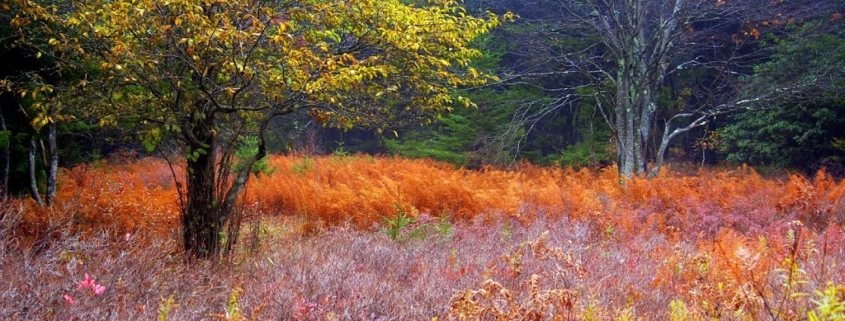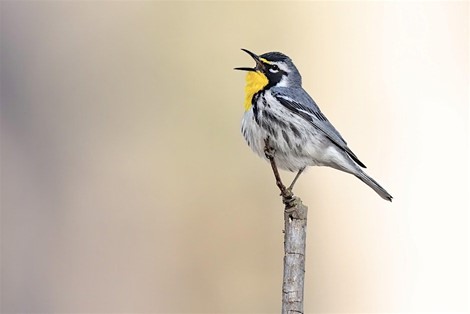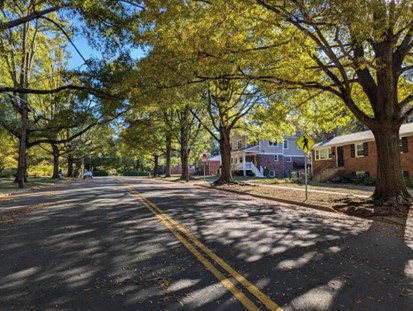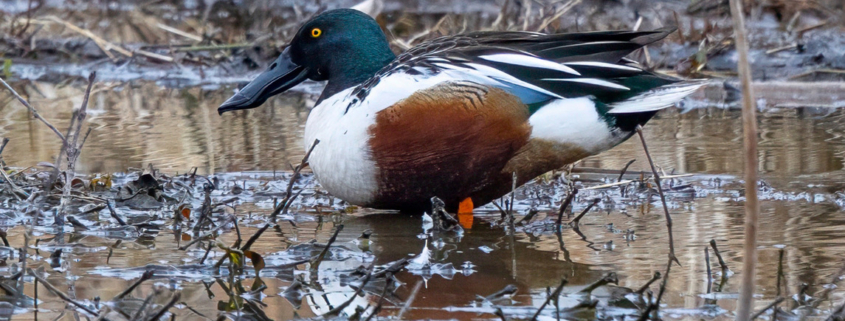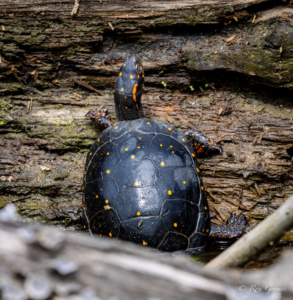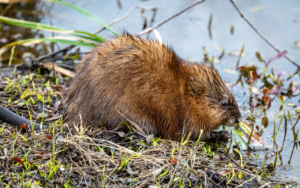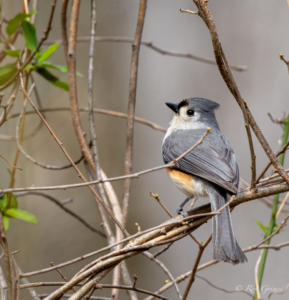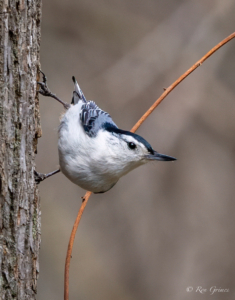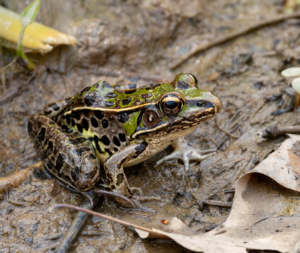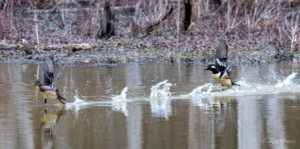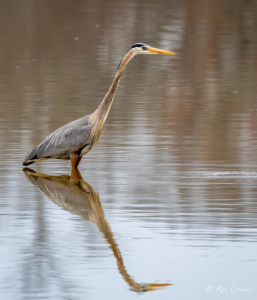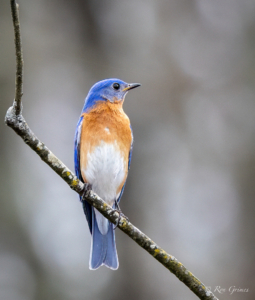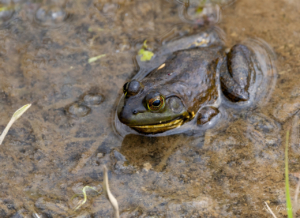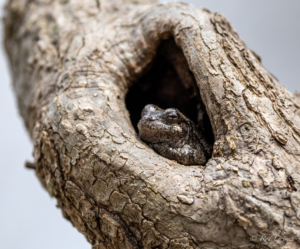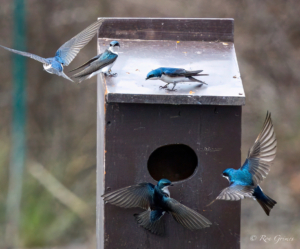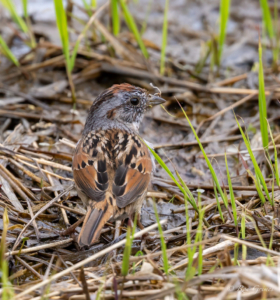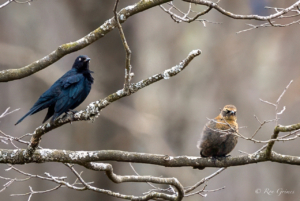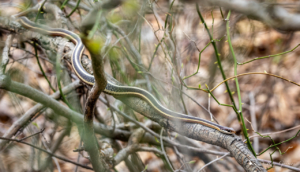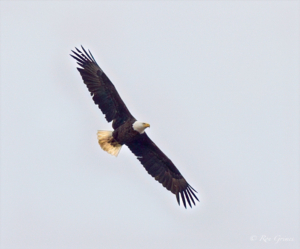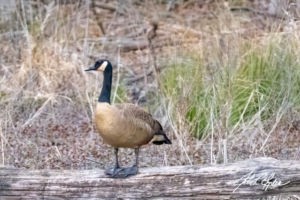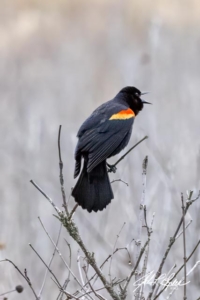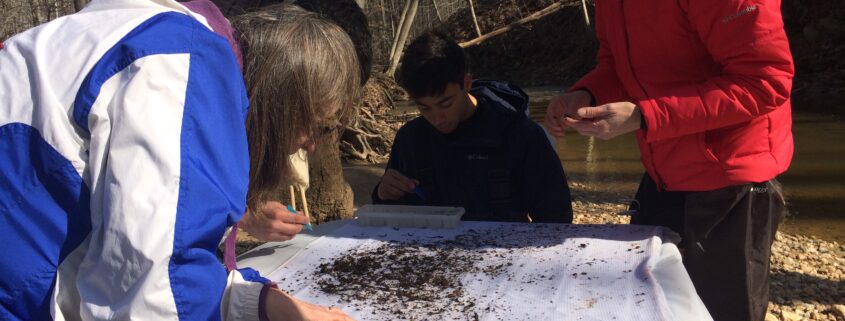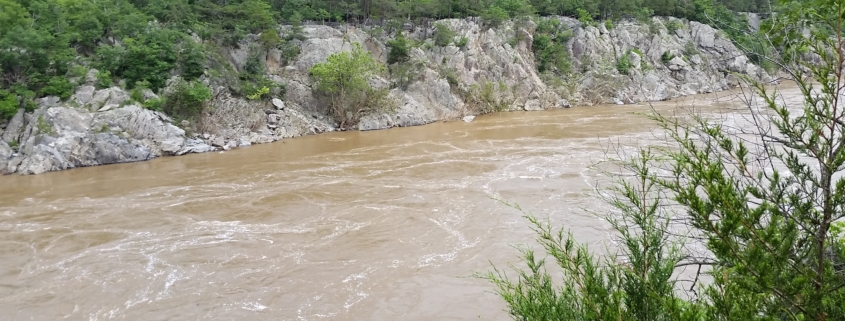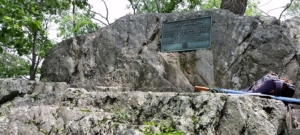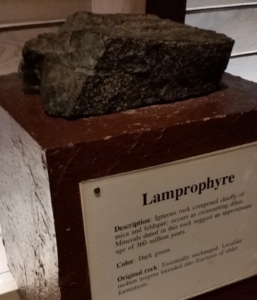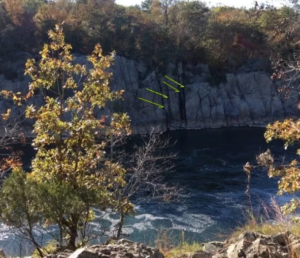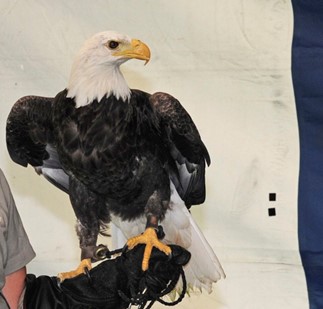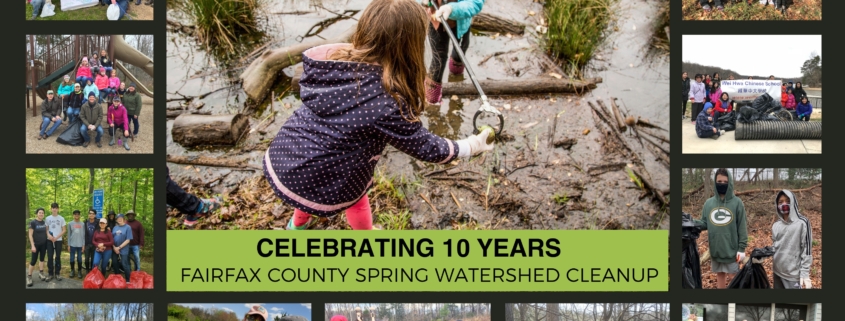River Farm – Spring Garden Market
American Horticultural Society (AHS) HQ at River Farm
Spring Garden Market – American Horticultural Society
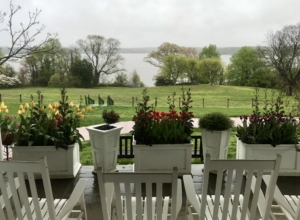
Grab a rocker and take in the back porch view – photo Jerry Nissley
In 2024 AHS contacted VMN – Fairfax Chapter (FMN) specifically to help rebuild the nest boxes along their bluebird trail. FMN Susan Farmer became the liaison for this and other activities on location. She organized a team of stalwart FMN volunteers to help River Farm rebuild their bluebird box trail. Eight new boxes replaced ten sad old boxes, which were then salvaged for parts. She organized trail monitoring training and managed the seasonal monitoring schedule. The monitors observed/reported 11 eggs. Eleven volunteers reported 90+ hours in 2024 to River Farm opportunities.
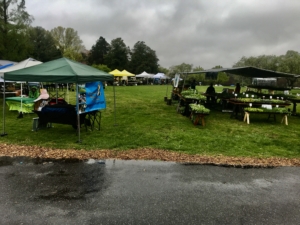
Combined FMN and NVBS table – photo Jerry Nissley
In 2025, River Farm asked FMN to continue trail support, which started in March. FMN was also invited to set up a chapter table and participate with approximately 35 vendors and organizations at their annual showcase event, “River Farm Spring Garden Market” April. We were able to provide information on VMN, the bluebird trail, and Northern Virginia Bluebird Society (NVBS) in general. We emphasized the importance of native plant habitat, and enlightened the community to VMN’s mission of conservation of natural resources in Virginia, Fairfax County, and the Potomac River.
The weather could have been better but we were honored to be part of River

Walkway from house to outdoor vendor area. Photo Jerry Nissley
Farm’s showcase spring event – and the grounds were spectacular with seasonal blooms. It was encouraging to see the plant vendors offer only organic starter vegetables, Virginia native flowers, shrubs, and trees. In addition, several artisans were on site selling crafts, nature photography, soaps, and even a mystery writer with his new novel of intrigue in Old Town Alexandria.
FMN and others will be meeting at River Farm to include species found in the new AHS native garden for The City Nature Challenge on Friday, April 25th at 10:30 followed by a picnic lunch. Contact Susan Farmer (susanfarmer6365@gmail.com) for more information. All are welcome!
Thank you to the following FMNs for their continued contributions at River Farm:
Susan Farmer, Donna Stauffer, Sarah Glassco, John Fagan, Monica Hoffman, Rachel Roll, Amanda Kay, Elaine Kolish, and Jerry Nissley.


